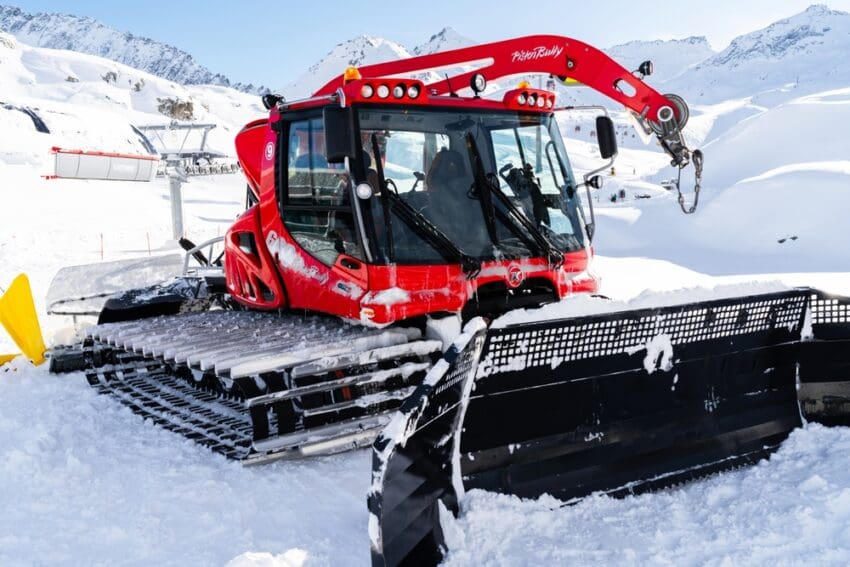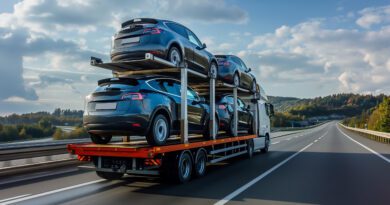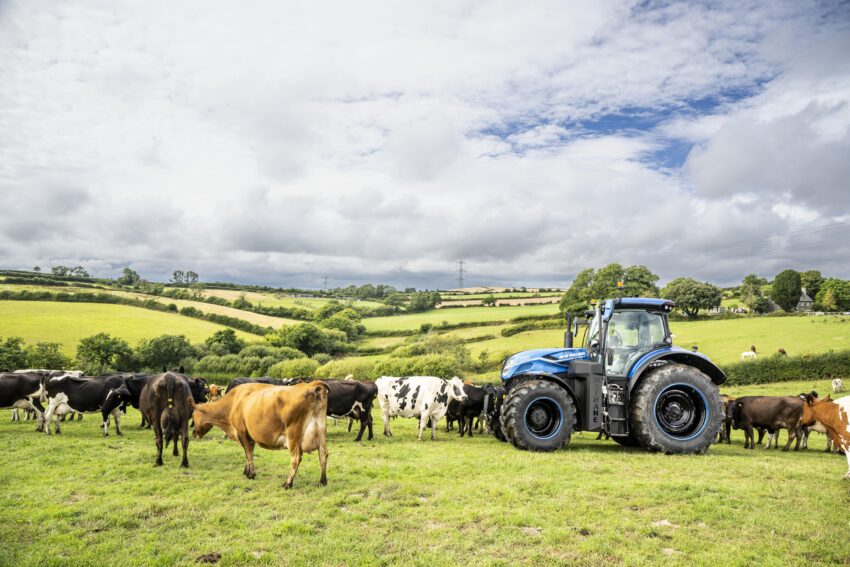European Ski Holidays Going All EV
How Europe’s ski resort operators are following in their skiing customers’ footsteps, and turning to green electricity and EVs, in a dash to decarbonise the one type of vacation which is imperilled most by climate change.
Barely half a decade ago the few brave souls who decided to drive by electric vehicle, from their homes in the UK to the annual week’s skiing holiday in the Alps, were seen as pioneers – even risk-takers. Forum posts from the era abound with ‘expert’ advice and tales of multi-day drive/charge/drive/charge as the first few attempted to make it there in the early (and tiny) EVs with a range of barely a hundred miles in a single stretch. But the growing availability and adoption of BEVs with a range of 200-300+ miles and spectacular rollout of supercharging across France and beyond has made ski holidays by electric vehicle almost as common as their eco-counterpart on the Eurostar.
On their third EV, the family owners of skiing operator SNO Ski Holidays don’t view driving from the top to the bottom of France any differently than in their former diesel estate car and feel there are few concessions remaining when driving to a ski holiday in a Tesla or similar. “We don’t really stop to charge, only stop to eat as we normally would,” says CEO Richard Sinclair, although they do pick their mealtimes according to charging needs, “before we might have eaten breakfast then set-off, whereas now we set-off and, after a couple of hours driving, stop to have breakfast. It’s not taking any longer, but now we’re getting some charge while eating.” Le Shuttle saves almost 2 hours compared to the old ferry route, because the crossing is an hour faster and you also save an hour’s driving on either side to get to the ferry ports. It also has regular and superchargers for a top-up while you wait to drive onto the next train.
With winter skiing seasons already a month shorter than they were in the 1970’s, skiers and snowboarders might be the most acutely aware of all holiday makers, of the damage climate change is wreaking on our natural environment. The customers are adapting their lifestyles, they are demanding the same of the alpine skiing destinations that they vacation in, and the giant ski resorts of Europe are rising to the challenge.
The latest EV to arrive in arguably the world’s ‘home of alpinism’ Chamonix-Mont-Blanc is not a Tesla or Taycan. It is the formerly diesel-fume chugging piste-basher or snow-groomer, that will soon be replaced by lift infrastructure firm Compangnie des Alpes, with a new and totally clean and silent EV version developed in partnership with manufacturer Prinoth. These massive 11 ton vehicles can run for a full 6 hour nightshift up and down the mountain. They are charged by the CDA’s already completely de-carbonised electricity supply, which relies on hydro and solar and is backed up by zero-carbon power from the French national grid, which benefits from the highest percentage of nuclear power generation of anywhere in the world.
So if you want to go skiing while minimising emissions, which ski areas across Europe and North America are now adopting electric snow groomers (electric snowcats or PistenBullys in the USA and Canada) to reduce their environmental impact?
If you’re planning a ski trip in Europe, Val Cenis (France) has been utilizing the Prinoth Husky eMotion, the world’s first commercially available electric snow groomer, since 2022. The Compagnie des Alpes Resorts, which operates major French ski areas like Les Arcs, La Plagne, and Tignes as well as Chamonix, has committed to integrating electric snow groomers into their fleet. They plan to deploy eight pre-series electric groomers across their resorts, starting with Serre Chevalier, aiming to convert their entire fleet of 140 groomers to electric powertrains in pursuit of their Net Zero Carbon objectives by 2030. In Switzerland from December 2023 Flumserberg began testing the Husky eMotion for grooming its cross-country ski trails and winter hiking paths, marking Switzerland’s first use of an electric snow groomer.
If you’re booking a skiing vacation in North America, the Taos Ski Valley in New Mexico, USA in January 2024 became the first ski resort in North America to deploy a fully electric snow groomer, the Prinoth Husky eMotion, as part of their commitment to achieving net-zero emissions. Sleepy Hollow Inn, Ski and Bike Center, Vermont, USA’s Nordic skiing facility has incorporated the Husky eMotion into its operations, utilizing the electric groomer to maintain its 32 km of groomed trails for classic and skate skiing.
These initiatives reflect a growing commitment within the ski industry to embrace sustainable technologies and reduce carbon footprints, by adopting electric snow grooming equipment. It’s the natural next step, after decarbonising the electricity supply which runs the vast lift infrastructure, and arguably the biggest reduction in the environmental impact of our ski holidays.
If you’re really serious about upgrading the eco credentials of your annual ski holidays, here’s a top five check-list that makes it easy:
- Travel there low carbon, which means taking the train or driving EV with a car full.
- Rent-don’t-buy your skis and boots, so you’re using kit that’s out on the mountain all winter, not sitting in your closet for all but a couple of weeks.
- Choose a ski resort with low carbon credentials like the Flocon Vert (Green Snowflake) label, so you know they’re among the most eco-focussed.
- Choose the nearest ski areas, as getting to the Alps creates a fraction of the emissions of skiing Canada or the USA.
- Consider a ski holiday without travel included at all… although this one is perhaps not quite so much fun.
Much like everything we do for the environment, there’s a sliding scale of how far we can go, and how much convenience we’re willing to give up. Thankfully, it’s getting much easier this winter and next, to choose a ski trip with a much lower environment impact but which is no less fun.






